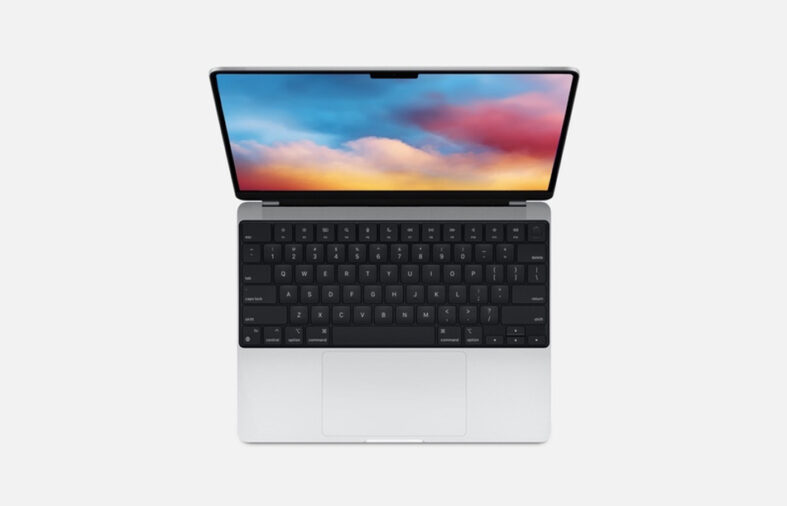For more than a decade, Apple executives have dismissed the idea of touchscreen Macs, calling it awkward and unnecessary. Steve Jobs once called the concept “ergonomically terrible,” and Apple executives have consistently drawn a line between Macs meant for precise cursor control and iPads designed specifically for touch. It appears that the company’s views have eased up a bit, as a prominent analyst claims that Apple will launch a touchscreen OLED MacBook Pro in 2026, and the groundwork for that shift lies in the gradual evolution of iPadOS.
iPadOS 26 transforms Apple’s tablets into true laptop replacements, making touchscreen MacBook a natural next step
The latest iPadOS release feels like Apple’s most courageous attempt yet to close the gap between iPads and Macs. With proper resizable windows, a dedicated menu bar, and a refined file handling system, iPadOS 26 no longer behaves like a stretched-out iPhone. Instead, it feels like a proper productivity machine designed for touch controls.
The evolution of iPadOS matters because it has reshaped user expectations. Many users, especially students, are now used to managing windows, dragging files, and working with apps in a laptop-like environment on the iPad. With that said, the idea of a touchscreen Mac sounds far less jarring compared to what it was a few years back. What this means is that rather than diluting the identity of the Mac, touch support could now build on habits that Apple has already encouraged.
The timing also makes sense from a competitive standpoint, as Microsoft has leaned into touchscreen laptops with the Surface lineup, while Apple stood on the sidelines. With iPadOS 26 showing that productivity and touch controls can live side by side seamlessly, Apple finally has the confidence to bridge its two worlds. Take note that we are not asking for iPadOS on a MacBook, but borrowing essential tools and design elements from the platform to stay modern and practical in a touchscreen landscape without sacrificing its true DNA.
MacBook models will feature a touch panel for the first time, further blurring the line with the iPad. This shift appears to reflect Apple’s long-term observation of iPad user behavior, indicating that in certain scenarios, touch controls can enhance both productivity and the…
— 郭明錤 (Ming-Chi Kuo) (@mingchikuo) September 17, 2025
Apple is expected to upgrade the MacBook Pro lineup with an OLED display next year, and it is being reported that the same model will be equipped with touch support. Additionally, Kuo also highlighted that the company is planning to launch a budget MacBook with a 12.9-inch display soon, and its second generation will also be equipped with a touchscreen panel.
If the 2026 OLED MacBook Pro does debut with on-cell touch technology, it will likely reflect lessons learned from iPadOS, which means that the company will be putting its experience to good use. You can expect refined gestures, smarter window controls, and input tweaks designed to feel natural for finger use and the trackpad, similar to how iPadOS 26 behaves right now.
While Apple has resisted the idea for several years, iPadOS 26 is the reason why the company would take a giant step forward. I am writing this piece on my M4 iPad Pro with Apple’s Magic Keyboard, and it feels equally satisfying to work on as I do on my M4 MacBook Air. For me, touch input on a Mac is an optional way of communicating with the machine, and it’s good to have that option at times, as the rest of the platform and means of interaction remain the same. Would you be comfortable working on a MacBook with a touchscreen?











Leave A Reply